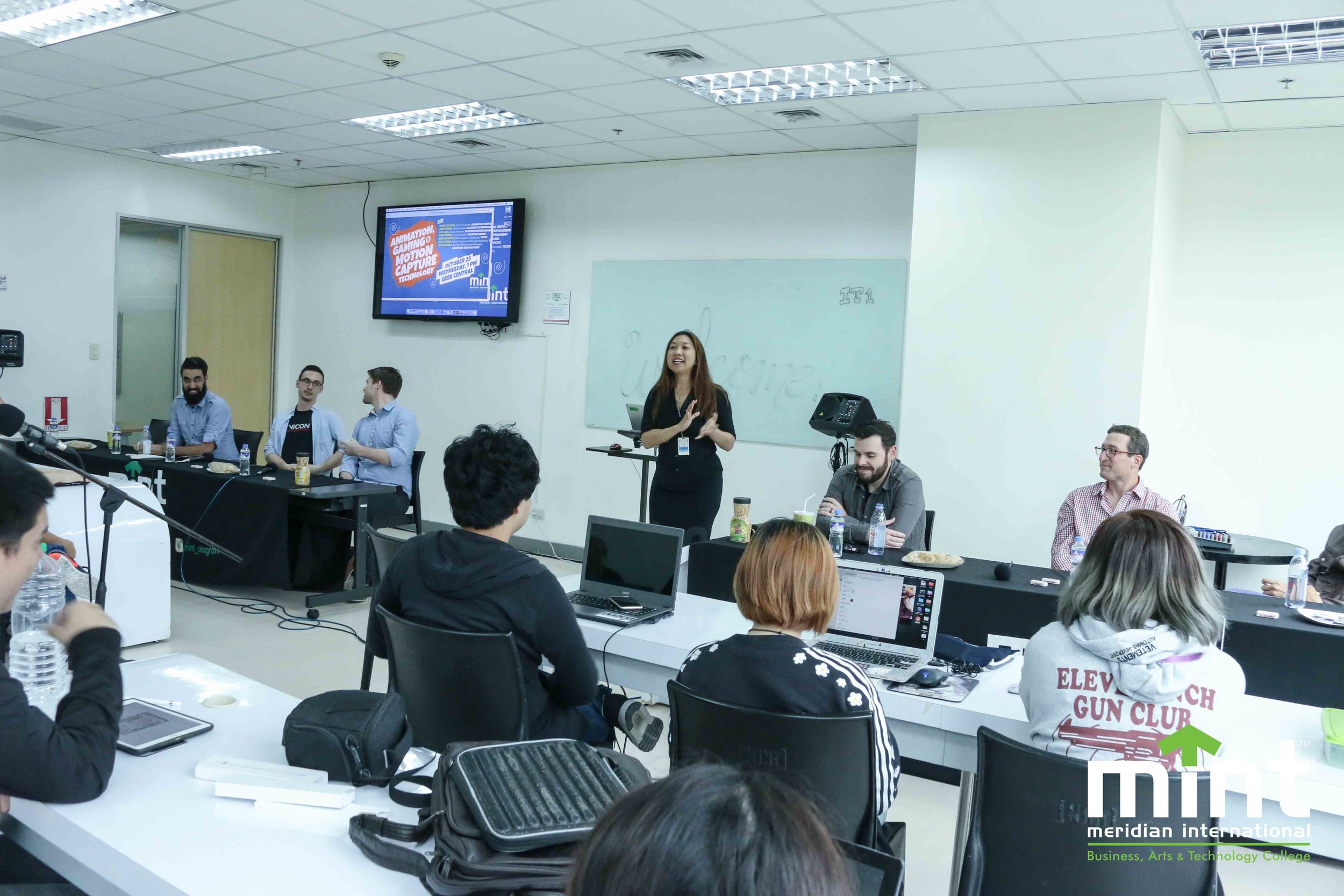


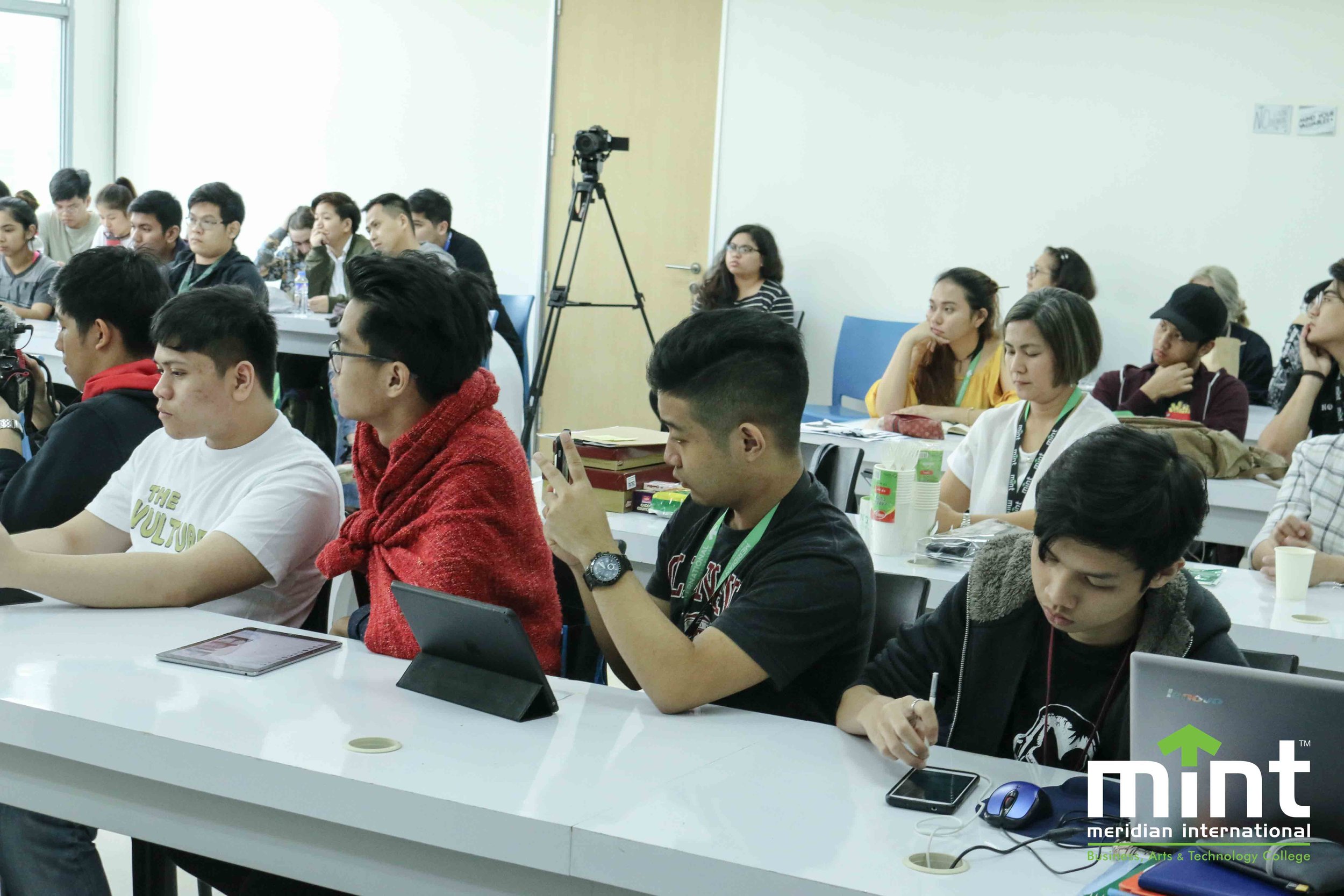
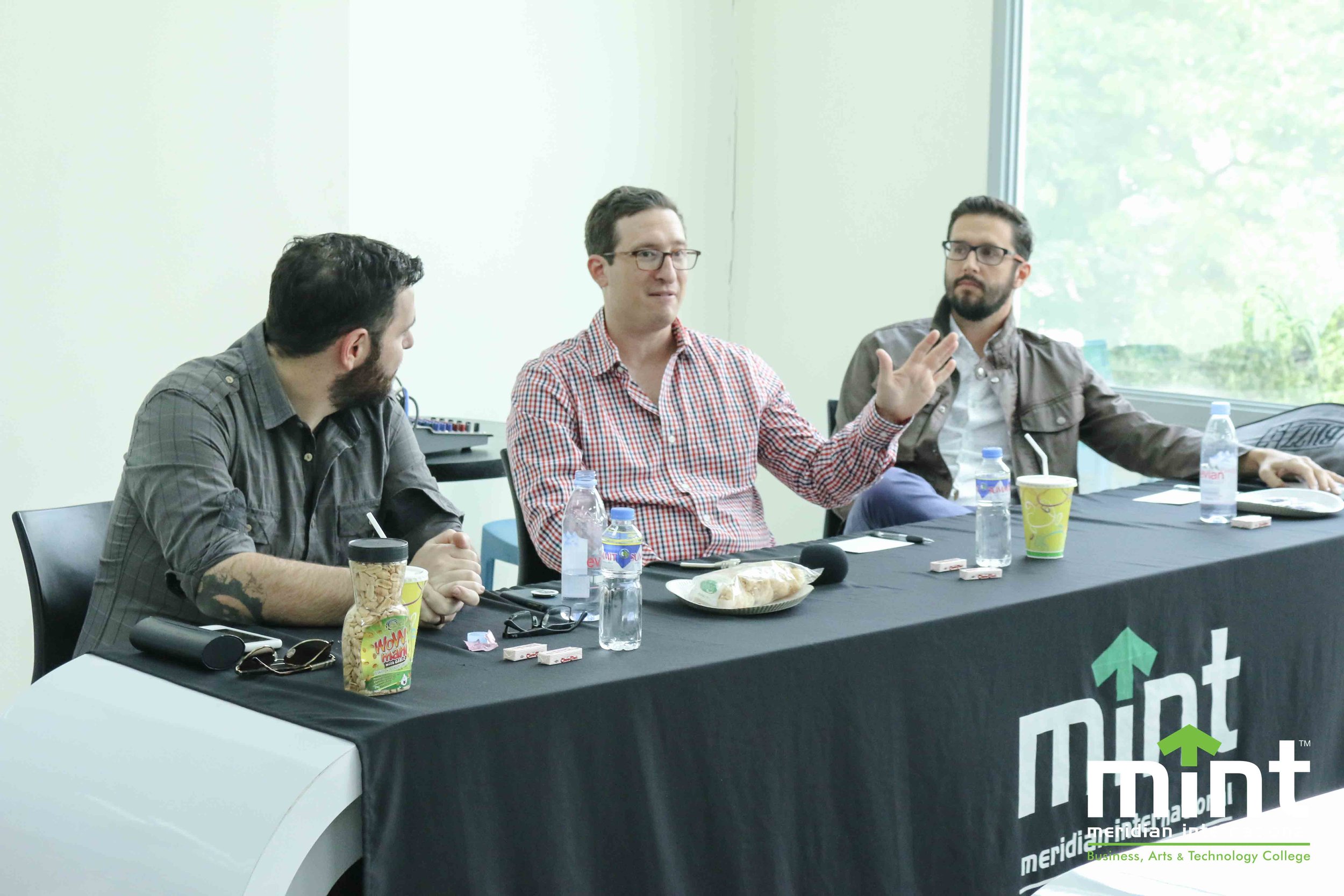



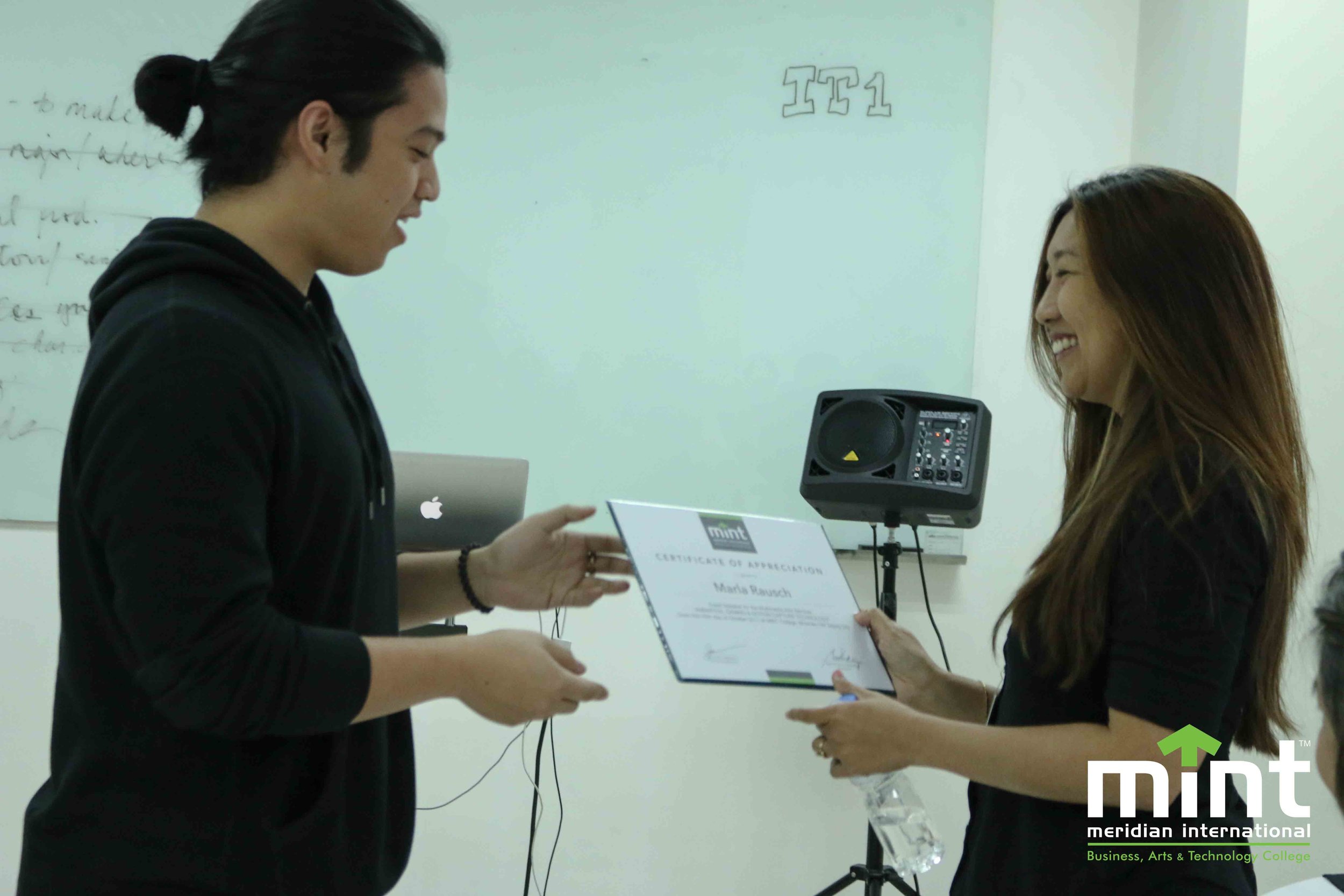


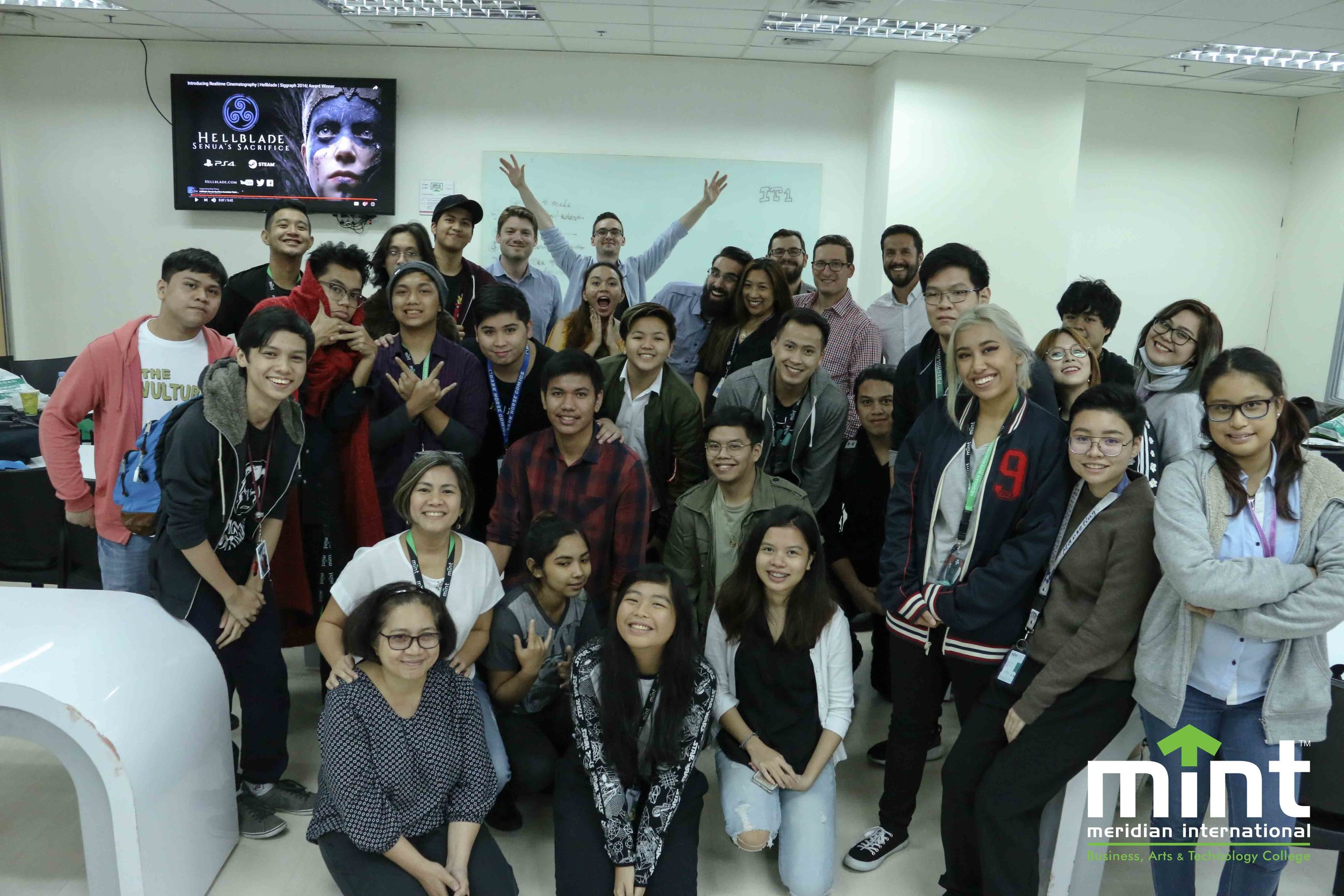

Ahead of GameFest 2017, students from MINT College were treated to a panel discussion led and moderated by CEO and Founder of Animation Vertigo, Marla Rausch. She was joined by animators, motion capture (Mo-cap) technicians, and technical artists from Blizzard Entertainment, Vicon, House of Moves, and Faceware Technologies.
Students had the chance to ask about the latest in gaming and animation technology, and how creators and developers found their ways into the industry. Rausch opened the floor by sharing her hope of giving the students an idea of what to do after college.
“Sometimes in life, when you have a passion for something, you want to be able to explore where that goes. However, there’s always a point where you’re not sure where that is. I hope that this panel gives you the opportunity to ask questions. Hopefully, the stories that come from our speakers will give you an idea of where you will go after graduating,” Rausch said, addressing the audience of mostly Information Technology, Computer Science, and Film students.
The panel was composed of Josh Axner and Ian Lang of Blizzard Entertainment, widely popular for developing games like World of Warcraft, Diablo, and Overwatch; Ryan Torrey of House of Moves, who has helped animate games like Injustice and Mortal Kombat; Sam Goodwin, and Max Cowen of Vicon, a global leader in Mo-cap systems; and Max Murray of Faceware Technologies, a facial motion capture technology provider that has worked on Oscar-winning feature films, and top video games in the world.
During the discussion, Murray showed students a behind the scenes video of the creation of Call of Duty: Infinite Warfare, which used body and facial Mo-cap, the process of recording the movement of objects or people.
Students also had the chance to ask what it takes to enter the animation and gaming industry. Lang shared his point of view as a potential employer, “When you go to those job fairs or conferences, make sure that you have gone over your reel, and you have asked your friends and mentors for feedback. Because by the time you get to the person who will watch your reel, there’s only a small window of time for them to view it. So, you really have to wow them.”
“If you’re also wondering about software packages, and having a certain skillset—it doesn’t matter. If you know how to do it in one [software], we’ll teach you how to push the button on another. Skills can be taught. It’s the talent that actually blows us away,” added Axner.
Torrey also left words of encouragement, “Don’t be discouraged when you’re rejected. You must keep driving, and keep pushing to get to the best quality. Don’t stop just because someone clicked fast-forward on your reel.”
Rausch also shared how they choose team players at Animation Vertigo, “If you don't work well with people, it would be a problem. You'd have to be very skilled to compensate for your lack of a team-player mindset. I've had experience in hiring less-skilled people over good people who think they're better than everybody. Because if you're like that, you'll be more destructive than helpful.”
Later, Goodwin showed behind the scene footage from Hellblade: Senua’s Sacrifice, which won the SIGGRAPH 2016 Award for Best Real-Time Graphics and Interactivity. The game, developed by Ninja Theory, utilized real-time cinematography, which is a ‘truly advanced’ technology according to Rausch.
“Ten years ago, this was literally impossible. The idea of it was always there, but the lack of technology made it hard for us to do. Today, with the help of real-time cinematography, we can now create film, or a video game at a higher level of efficiency,” said Rausch.
The panel of tech professionals stopped over at MINT College for the discussion, prior to their engagements at GameFest 2017, which will be held at SMX MoA from October 26-29. The Animation, Gaming, and Motion Capture Technology panel was organized by Dulzzi Gutierrez, a Multimedia Arts Instructor at MINT College, for her MMA Seminars class.

